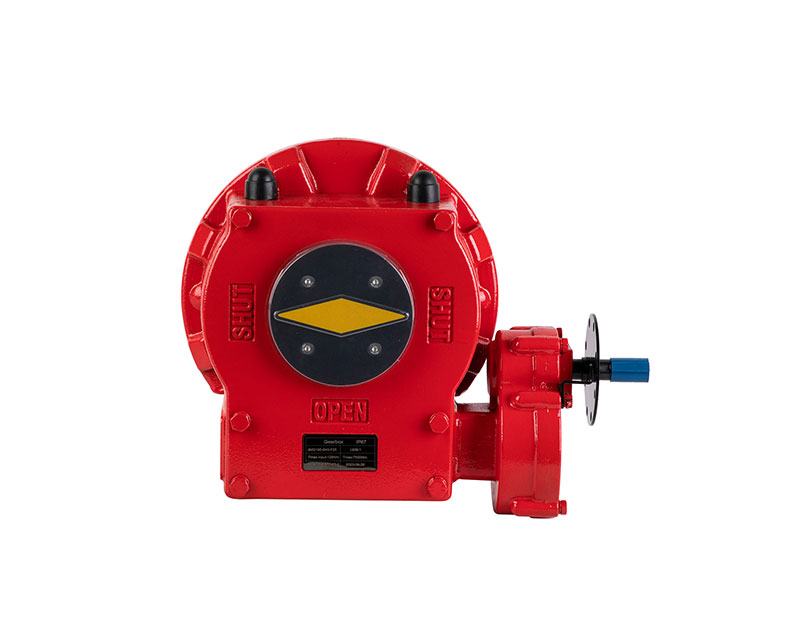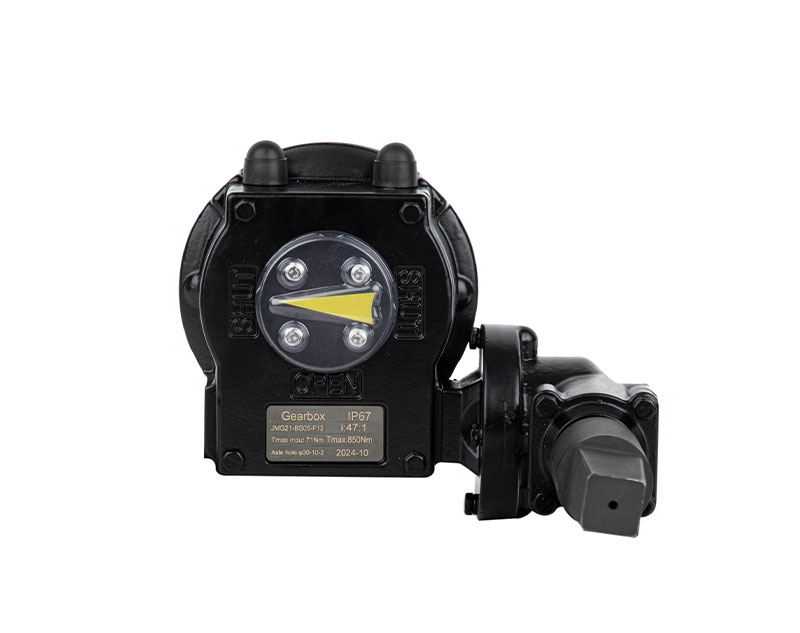Optimizing Valve Control Systems: A Comprehensive Guide to Pneumatic Actuators
In industrial automation, precision, reliability, and efficiency are non-negotiable. Pneumatic actuators remain a cornerstone of valve control systems, offering robust solutions for applications ranging from oil and gas to water treatment. This article explores the versatility of pneumatic actuators, focusing on key designs such as single acting pneumatic actuators, double acting pneumatic actuators, spring return pneumatic actuators, and rotary pneumatic actuators, among others.
Understanding Pneumatic Actuators
Pneumatic actuators convert compressed air energy into mechanical motion to operate valves. These devices are categorized into two primary types:
Linear Actuators: Including pneumatic piston actuators and spring return pneumatic actuators, these generate straight-line motion.
* Single Acting Pneumatic Actuator: Uses air pressure to move in one direction, with a spring returning it to the default position. Ideal for fail-safe applications.
* Double Acting Pneumatic Actuator: Relies on air pressure for both extension and retraction, ensuring higher force output and precise control.
Rotary Actuators: Such as pneumatic rotary actuators and pneumatic rotating actuators, which produce rotational motion for quarter-turn valves (e.g., ball valves).
* Ball Valve Pneumatic Actuator: A specialized rotary actuator designed to automate ball valves, ensuring rapid shut-off and throttling.
Key Benefits of Pneumatic Actuation
Durability: Pneumatic actuators excel in harsh environments, resisting extreme temperatures, corrosion, and contaminants.
Speed & Precision: Pneumatically actuated systems respond instantly to control signals, making them ideal for high-cycle operations.
Safety: Spring return mechanisms in spring return pneumatic actuators provide fail-safe closure during power or air supply loss.
Scalability: From compact pneumatic valve actuators to heavy-duty pneumatic piston actuators, solutions exist for every valve size and torque requirement.
Applications Across Industries
Oil & Gas: Double acting pneumatic actuators control pipeline valves, ensuring leak-proof performance under high pressure.
Water Treatment: Pneumatic actuated valves regulate flow in purification systems, combining reliability with low maintenance.
Manufacturing: Rotary actuator pneumatic systems automate process valves in assembly lines, boosting productivity.
Choosing the Right Actuator
When selecting pneumatic actuators for valves, consider:
Valve Type: Match linear actuators to gate/globe valves and rotary actuators to ball/butterfly valves.
Fail-Safe Needs: Opt for spring return pneumatic actuators if automatic position recovery is critical.
Operating Conditions: Evaluate temperature, pressure, and hazardous area certifications (e.g., ATEX).
Future Trends in Pneumatic Actuation
Advancements in smart control systems are enhancing pneumatic actuation capabilities. Integration with IoT-enabled sensors allows real-time monitoring of valve performance, predictive maintenance, and energy optimization.
Conclusion
From single acting pneumatic actuators to sophisticated pneumatic rotary actuators, these systems remain indispensable for modern industrial automation. By understanding their design principles and applications, engineers can optimize valve control systems for safety, efficiency, and longevity.
Explore our range of pneumatic valves and actuators to find tailored solutions for your operational needs.








